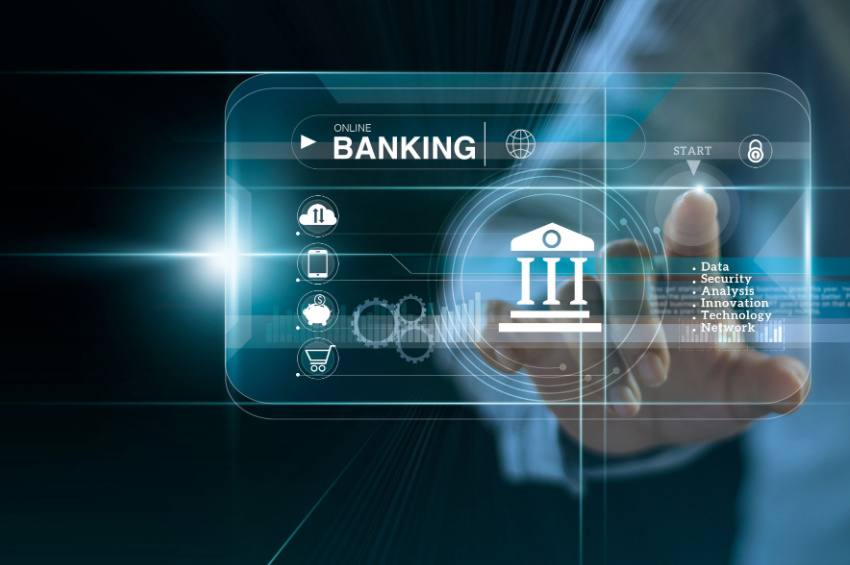Apple made a revolutionary move that reverberated throughout the nation’s financial industry. Apple partnered with Goldman Sachs Bank in the USA and unveiled a high-yield savings account with an extraordinary 4.15 percent annual return. But at the same time, traditional banks struggled to offer competitive interest rates on savings accounts. This decision arose when regional banks were coping with the repercussions of the Silicon Valley Bank crisis and fintech startups were experiencing financial difficulties.
A Brief Introduction on Apple’s Path to Financial Supremacy
Apple’s formal entry into the realm of banking and payments began in 2014, when it launched Apple Pay, a mobile payment system and digital wallet service. Apple Cash, which facilitated quick, simple, and secure person-to-person payments, was introduced in 2017. Apple introduced its credit card (Apple Card) in partnership with Goldman Sachs in 2019, and in 2022, it launched Tap to Pay to enable millions of traders to turn their iPhones into card readers by embracing Apple Pay, contactless debit cards, and various other digital wallets with a simple tap.
A month prior to launching the account for savings, Apple broadened its agreement with Goldman to establish a buy now, pay later (BNPL) system in the United States in March 2023. The BNPL, launched as Apple Pay Later, enables users to pay for purchases over a period of six weeks in four equal installments without incurring interest or fees. By combining savings, credit, mobile wallets and payments, with data capability, excellent cash reserves, increased customer loyalty, innovation, and technological prowess, Apple is continuing its march into alternative financial services.
Given Apple’s propensity for introducing new financial products, the next option is likely to be in investment management services. This is expected to be part of its plan to become a financial super app similar to China’s Alipay, combining fully fledged financial services solutions (savings, investing services, insurance, credit, transfers and payments) with wider and engaging commerce functionality – all within its app. In her recent Forbes article, Mason cautions banks and fintechs to be vigilant as Apple is looking to broaden its dominance by “Integrating itself into all facets of its customers’ lives while gathering swipe costs and cross-selling its products.”
More than fifty percent of American users of smartphones own an iPhone, providing Apple with a loyal consumer base. And when Apple’s array of financial services goods is available globally, it is simple to envision an emerging age of fintech taking away a significant portion of traditional banks’ profitable market share.
An Overview of the Apple and Goldman Sachs Partnership
Goldman Sachs provides the regulatory structure, banking knowledge, and monetary services infrastructure required to support Apple’s entry into the financial services sector. Goldman Sachs’ infrastructure involvement in the partnership includes the following:
- State Charter and FDIC insurance
- Banking-as-a-Service provider
- Seamless integration
- Risk management and compliance
- Deepening relationship with Apple
- Balancing innovation and traditional banking
The infrastructure role played by Goldman Sachs in the partnership with Apple demonstrates the significance of partnership among traditional banks and tech companies. Apple and Goldman Sachs can develop an innovative banking experience for clients by combining their respective strengths, thereby challenging the traditional banking landscape.
All About the Apple And Goldman Sachs Partnership Journey
Apple’s move into financial services is reminiscent of Sears Roebuck in the 1970s. As a retail sector, Sears owned numerous California-based savings and loan institutions. However, technological disruptors such as Walmart and Target ultimately surpassed Sears, resulting in its demise. Apple intended to avoid a similar fate by utilizing its digital wallet and broadening its financial offerings in order to provide a seamless user experience.
The dominance of Apple in the market for digital wallets poses difficulties for competitors. Apple has substantial influence in negotiations with card-issuing banks. This is because it owns the near-field communications chip for iPhones, which facilitates tap-to-pay functionality. Google Pay and other digital wallets struggle to obtain the exact fees for transactions. Concerns about monopolistic practices and excessive fees have prompted the government to closely monitor Apple’s actions.
The partnership between Goldman Sachs and Apple isn’t as much about imminent profits and primarily about expanding the customer base. A minority of iPhone owners utilize Apple cards despite the company’s global influence. Goldman contends with online financial institutions rather than traditional banks. Apple, like every other company in the financial services sector, must successfully navigate regulatory obstacles. It must comply with numerous regulatory requirements and resolve potential concerns as it expands its partnerships and financial offerings.
Also Read: Evaluating the Apple Goldman Sachs Partnership Financial Performance and Strategic Decisions
Apple’s move into financial services frequently entails partnerships with reputable banks such as Goldman Sachs in terms of licensing and compliance. These institutions possess the licenses and regulatory approvals necessary for functioning in the financial sector. By collaborating with licensed partners, Apple ensures compliance with regulatory frameworks like banking regulations, anti-money laundering (AML) regulations and consumer protection laws.
Apple’s financial services entail the handling of sensitive user financial data. As a result, the organization must prioritize data privacy and security in order to safeguard consumer information from unauthorized access or breaches. Compliance with regulations such as the General Data Protection Regulation (GDPR) in the European Union and other regional data protection laws is essential for maintaining consumer confidence and meeting legal requirements.
Apple effectively navigates regulatory challenges to mitigate risks, build trust, and guarantee the continued prosperity of its finance offerings. Apple can foster strong relationships with regulators and establish a solid foundation for its financial operations by displaying a commitment to transparency, consumer protection and compliance.
Final words
The launch of a high-yield savings account by the Apple and Goldman Sachs partnership is a significant disruption to the financial industry. Apple is revolutionizing how consumers manage their finances by capitalizing on its strong reputation and incorporating financial services into its ecosystem. Traditional banks confront the challenge of adapting their services to offer an enticing user experience and eliminating the threats of growing irrelevant during the tech-driven disruption.
Global trade leaders is an extensive repository of the world’s most efficient FinTech and trade finance companies. Learn more about global trade finance leaders at https://www.globaltradeleaders.com/.



